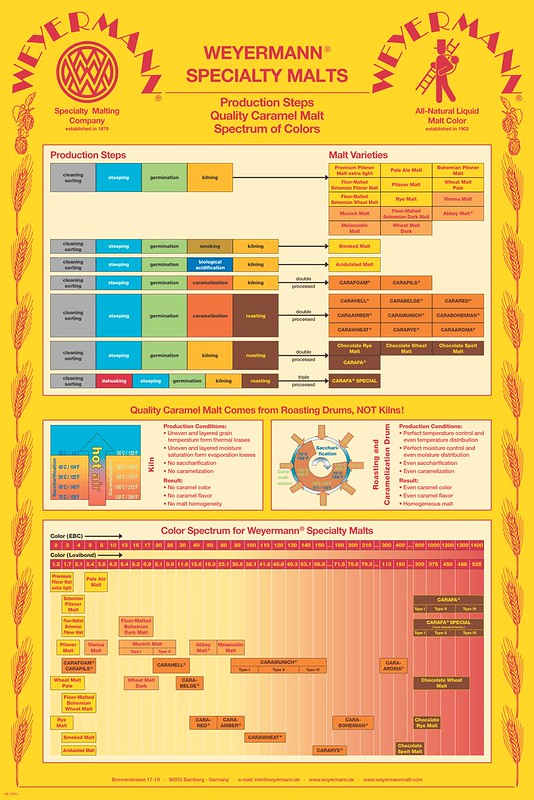Can't find Munich malt in my country but I've heard they're technically the same thing, the difference is that Munich malt is kilned for a longer period of time?
I have an oven, how can I do that? I can also use pilsner malt
I have an oven, how can I do that? I can also use pilsner malt



